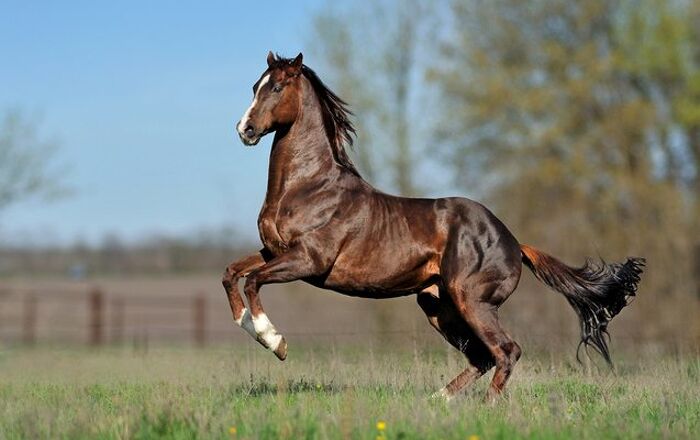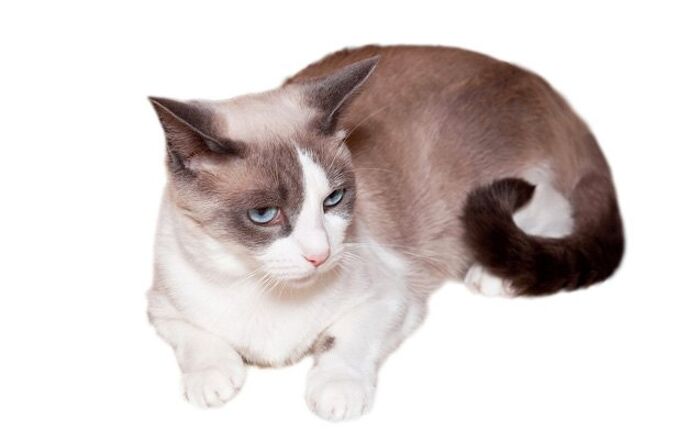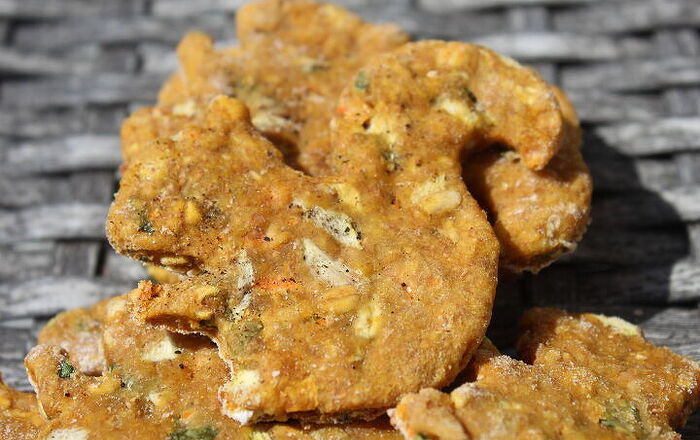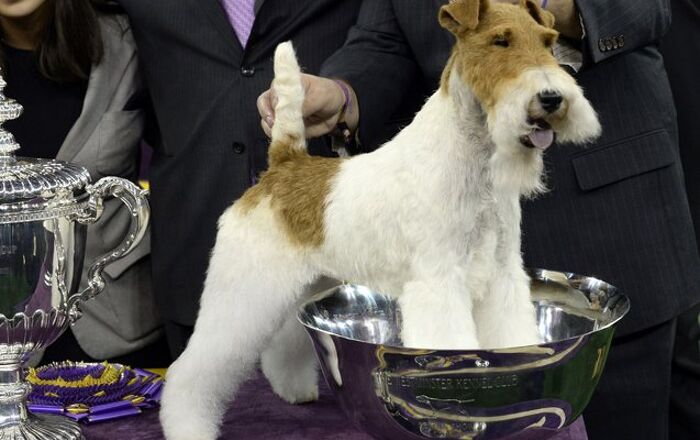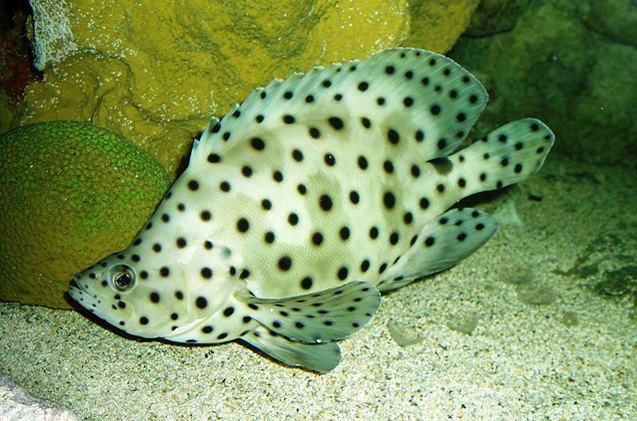
Grouper General description
Groupers are a large family of saltwater fish characterized by their stout bodies and over-sized mouths. Although a hardy, colorful and highly fascinating species of fish, groupers should only be kept by dedicated aquarists with ample space to raise them. Various species of grouper vary in length from a few feet to well over 9 feet in length. Although most aquarium varieties only grow to around 12 inches in length, they still require extremely large accommodations.
Groupers are a large family of saltwater fish characterized by their stout bodies and over-sized mouths.
Origins
Groupers originate primarily from the Indo-Pacific Ocean.
Color
Most aquarium kept species of grouper are incredibly colorful and have complex patterns and markings on their bodies. They come in shades of red, yellow, orange, blue, green, purple, brown, white and black.
Maintenance and care
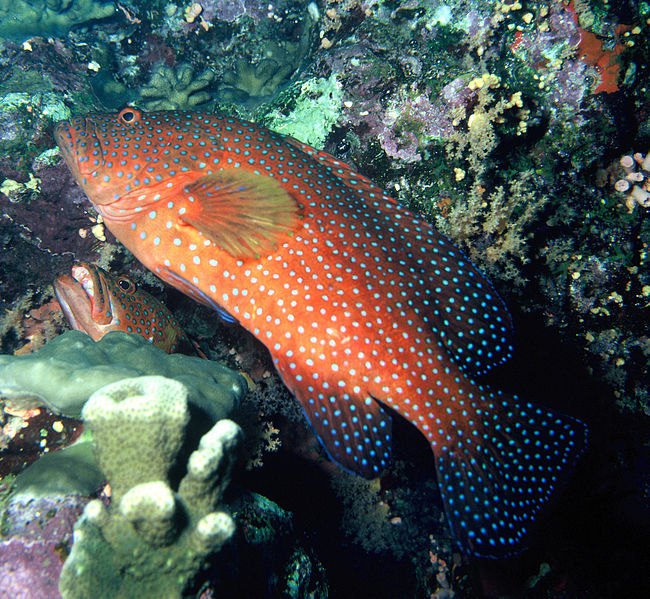
The most important consideration before purchasing groupers for your aquarium is its potential size. It is not uncommon for novice aquarists to purchase young fish that are only a few inches in length to soon find out that they cannot keep up with the growth potential of their fish. For this reason it is advisable to always house groupers are in very large aquariums of 200 gallons or more. They also prefer aquariums with large open swimming spaces as well as plenty of hiding places. They feel more comfortable and will be less reclusive in the aquarium when they have hiding places which they can retreat to when feeling threatened. The size of the aquarium is also important because of the significant amount of waste that these fish produce.
Groupers are also a predatory species of fish and should never be housed with smaller species of fish that they can easily fit in their mouths. However, they are able to exist quite peacefully with larger species of fish and other groupers provided that they are housed in sufficiently large aquariums. When introducing a grouper to an aquarium, it is advisable to change the aquarium’s décor to disrupt the territories of the established tank mates as groupers can sometimes be very timid when first introduced to a tank. This is also important if you’re introducing a new fish to an aquarium with a grouper in it as it can respond aggressively towards new tank mates.
The most important consideration before purchasing a grouper for your aquarium is its potential size.
Feeding
Groupers are carnivores and should be fed on a varied diet of live and frozen foods like shrimp, baitfish, scallops and squid.
Breeding
Little is known about breeding groupers in captivity.
Aquarium varieties
Panther Grouper, Blue Dot Grouper, Blue Line Grouper, Red Louti Grouper, Spotted Coral Grouper, etc.
Photo credit: Udo Schröter/Wikimedia

